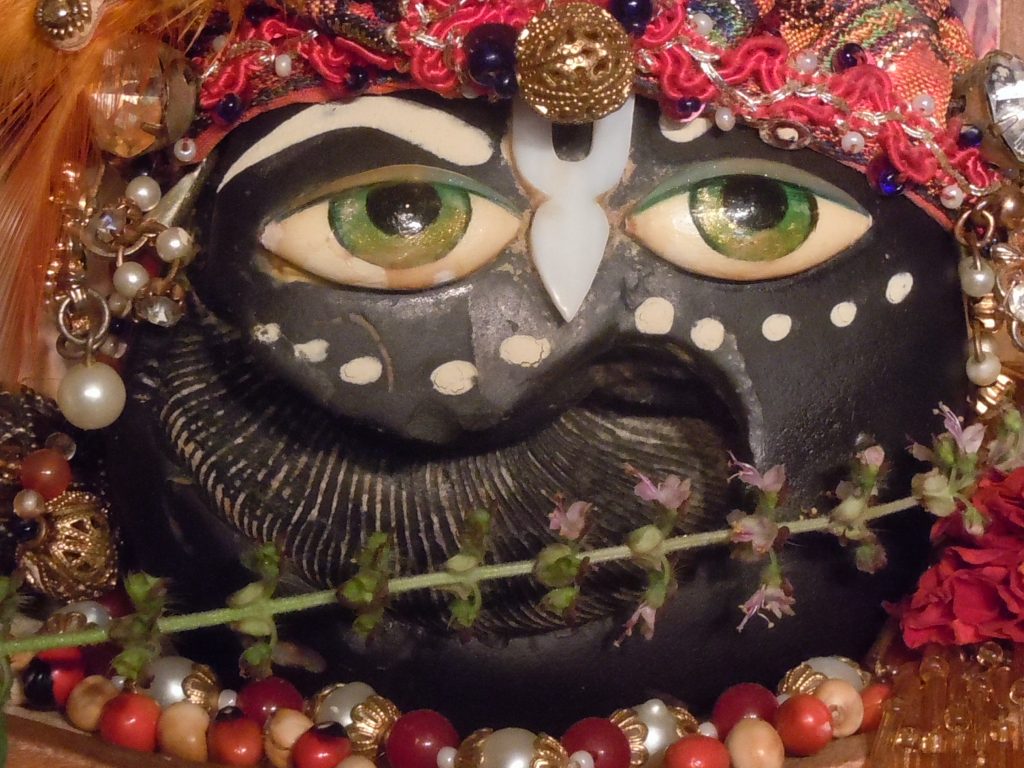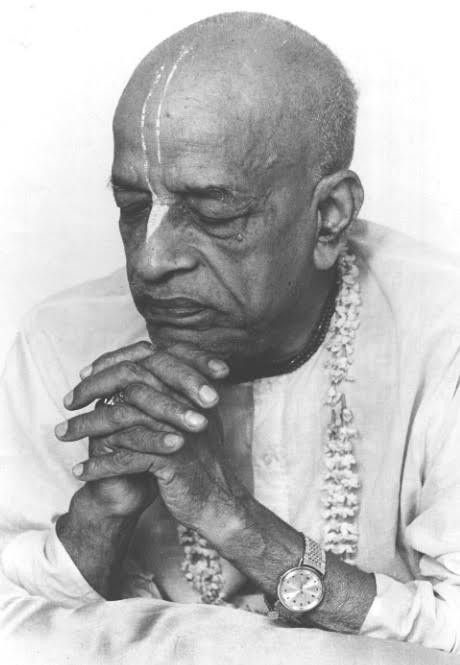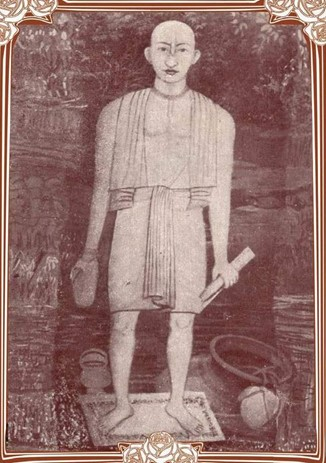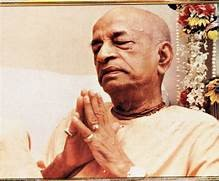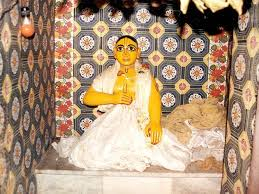- August 9, 2019feb 10 1977 Conversations Jayapatākā: There's one good news, Śrīla Prabhupāda. Gargamuni called last night. Mahendra had informed him that…
- August 7, 2019On Chanting the Hare Krishna Maha-Mantra by His Divine Grace A.C. Bhaktivedanta Swami Prabhupāda, Founder and Acharya of the International…
- July 21, 2019Srila Sanatana Goswami Tirobhava Tithi [disappearance day] First Month of Caturmasa Vyasa-Purnima Tuesday, July 16, 2019 [Mayapura, West Bengal time]…
- July 21, 2019Antya 20.52-“I do not mind My personal distress. I only wish for the happiness of Kṛṣṇa, for His happiness is…
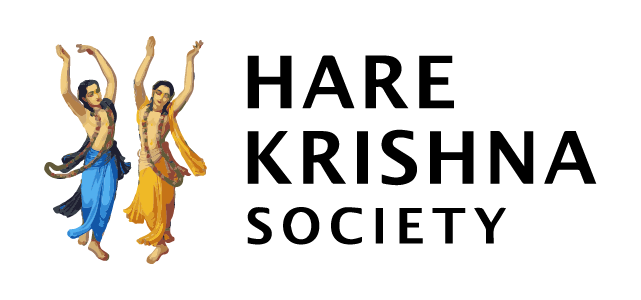
Under the guidance, inspiration and authority of
His Divine Grace A.C. Bhaktivedanta Swami Prabhupada
Founder-Acharya of the Krishna Consciousness Movement
Srila Prabhupada: “I wish that each and every branch shall keep their separate identity and cooperate keeping the acharya in the center. On this principle we can open any number of branches all over the world. (Letter, February 11, 1967)
